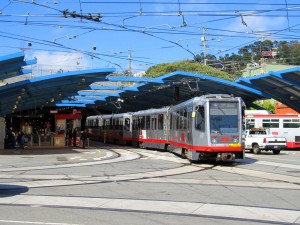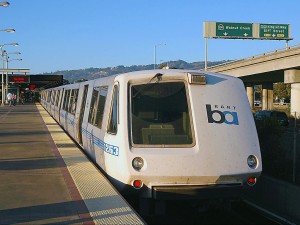 San Francisco is known for it’s museums, but some of them don’t get noticed. San Francisco’s Cable Car Museum is one of these, even for people who were born and raised here.
San Francisco is known for it’s museums, but some of them don’t get noticed. San Francisco’s Cable Car Museum is one of these, even for people who were born and raised here.
If you’re from San Francisco you probably don’t ride the Cable Cars very often and just sort of take them for granted, but they have a history that is truly San Franciscan and the Cable Car Museum is the best place to learn about this. Andrew Smith Hallidae conceived of a cable driven transport system in 1869 and brought it to life in 1873 starting on Clay Street. The hills of San Francisco were just too much for the horses to pull the cars loaded with people so he came up with a way around it that has become one of the main symbols of San Francisco ever since.
The Museum itself was built in 1974 and is operated by the Friends of the Cable Car Museum as a nonprofit educational facility.
Located in the historic Washington/Mason cable car barn and powerhouse, the museum deck overlooks the huge engines and winding wheels that pull the cables. Downstairs is a viewing area of the large sheaves and cable line entering the building through the channel under the street.
On display are various mechanical devices such as grips, track, cable, brake mechanisms, tools, detailed models, and a large collection of historic photographs. You’ll even get a close up look at how the cables work.
The museum houses three antique cable cars from the 1870s. The Sutter Street Railway No. 46 grip car & No. 54 trailer and the only surviving car from the first cable car company, the Clay Street Hill Railroad No. 8 grip car. The museum store offers a variety of cable car memorabilia, books, clothing, cards and even genuine cable car bells! Hours for the museum are 10 am – 6 pm, April 1 thru September 30. 10 am – 5 pm, October 1 thru March 31. Open every day except New Year’s Day, Easter Sunday, Thanksgiving, and Christmas. Admission is Free. Phone: 415-474-1887





